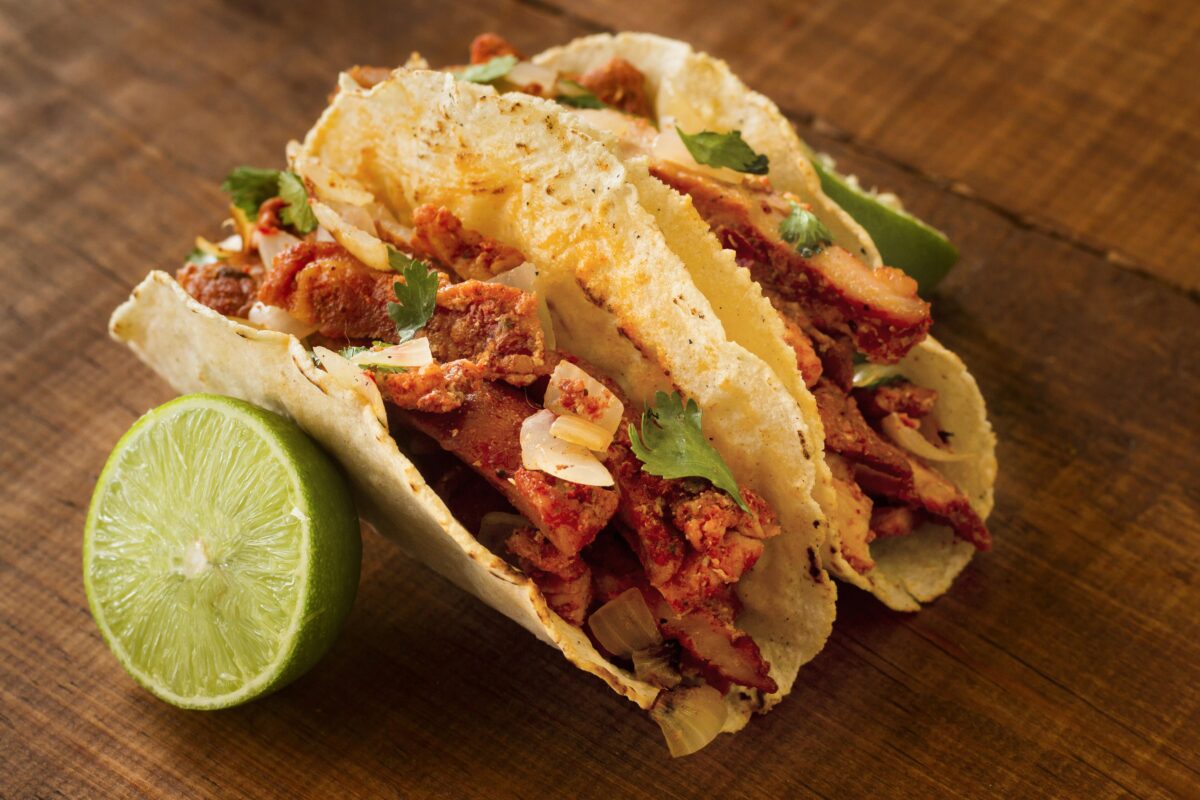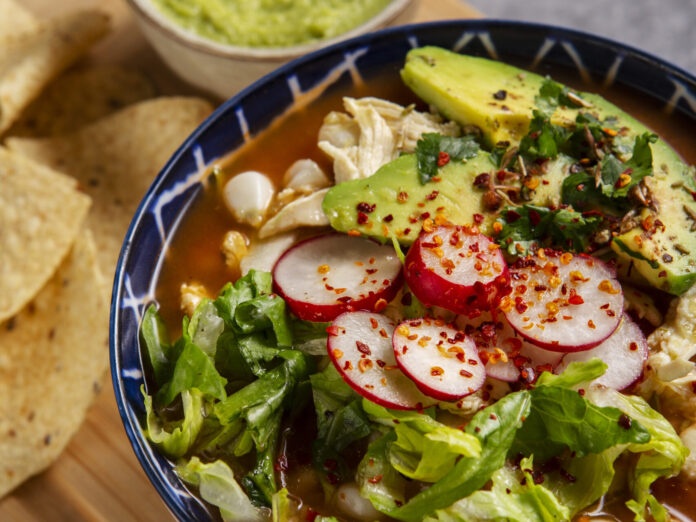From the simplicity of a taco de carne asada to the intricate flavors of chiles en nogada. With over 20 ingredients, Mexican gastronomy is a rich blend of history, tradition, and irresistible taste. Rooted in pre-Columbian times, this culinary heritage has not only captured the hearts of food enthusiasts worldwide but has also earned recognition as a UNESCO-designated Intangible Cultural Heritage of Humanity. Join us as we explore ten intriguing facts that showcase the cultural significance, global impact, and delicious complexity of Mexican Cuisine.
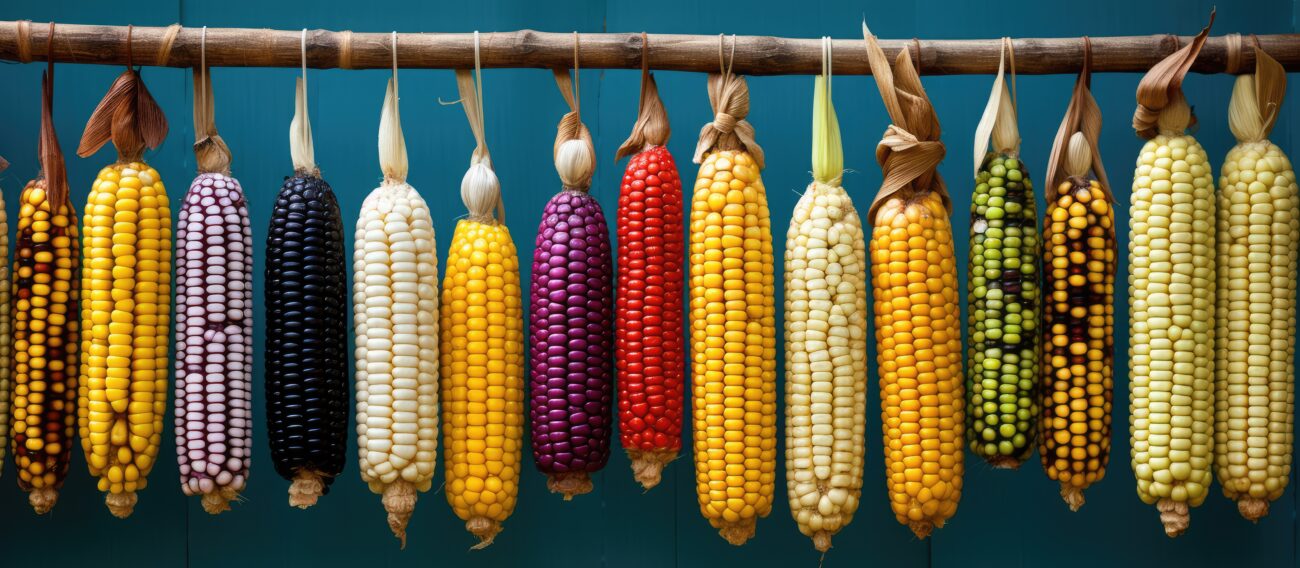
Mexican Cuisine, A treasure worth preserving
In 2010 UNESCO designated Mexican cuisine as Intangible Cultural Heritage of Humanity. The organization justifies their decision with a crystal-clear affirmation: “Traditional Mexican cuisine is a comprehensive cultural model comprising farming, ritual practices, age-old skills, culinary techniques and ancestral community customs and manners”. Going beyond the “taste factor”, Mexican cuisine is seen as a peculiar trait of a culture as well as a means of sustainable development.
The first Mexican Cook, not a guy but a book.
The richness and diversity of Mexican cuisine were shaped in written form for the first time in 1831. Hundreds of traditional recipes were collected in a three-volume book entitled “El Cocinero Mexicano o Colección de las Mejores Recetas para Guisar al Estilo Americano”(The Mexican Cook or A Collection of the Best Recipes for Cooking in the American Style).
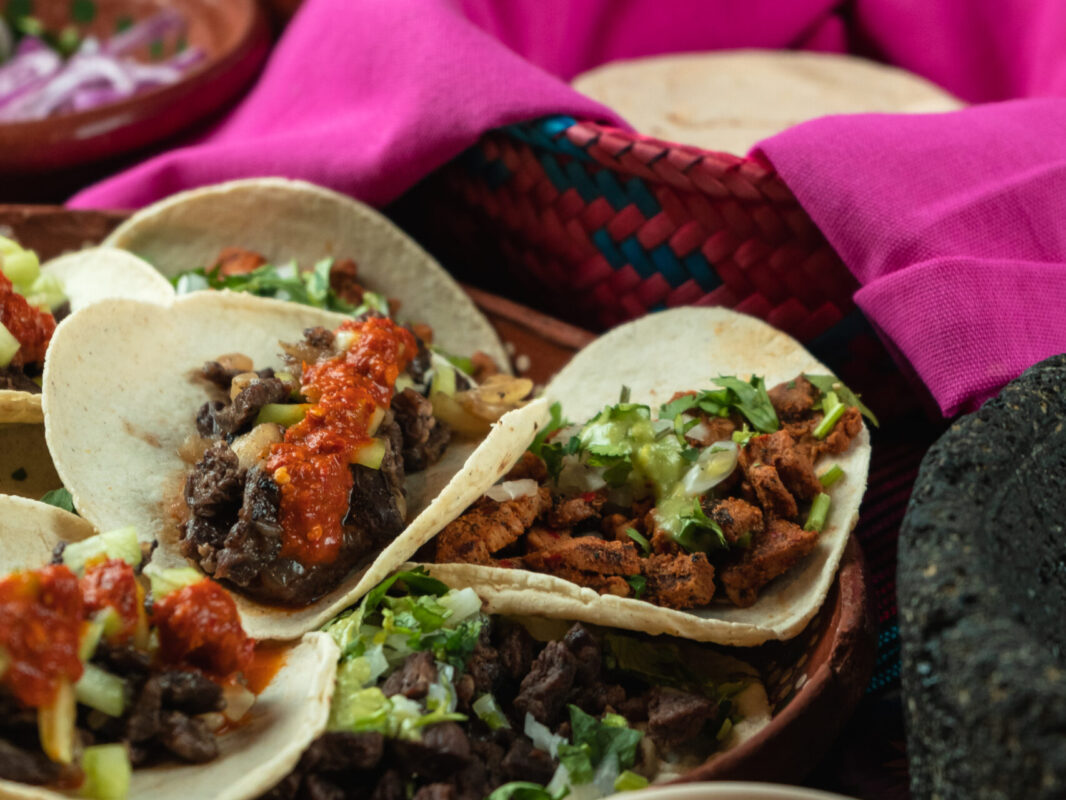
A favorite of gourmet palates
Mexican Cuisine achieved a notable milestone in 2023 when Taste Atlas, a leading platform for culinary rankings, placed it at the #7 spot on its Best Cuisines list. As a result, tacos de carne asada, cochinita pibil (specially marinated pork), chilaquiles, carnitas (pork), tacos gobernador, tacos al pastor, gringas and guacamole show up in the 100 best-rated dishes worldwide. An award that showcases the enduring popularity and global influence of Mexican cuisine.
Americans LOVE tacos
Americans have developed a passion for tacos, consuming them voraciously across the country at the stunning rate of 4,5 billion tacos per year. From street vendors to fancy restaurants, tacos feature an array of fillings that caters to all tastes so to become a culinary icon deserving a celebration. Born as an advertising strategy of a US fast food chain in 2009, the National Taco Day is now celebrated on October 4th. Similarly, also originated by commercial campaigns, Tacos Festivals are held in Mexico on March 31st.
Much more than original, they are DO
A Designation of Origin is produce grown, processed, and packaged in a specific geographical area where the properties of its soil confer peculiar characteristics to the final product. Such recognition ensures that customers receive genuine, authentic, quality goods while supporting local economies. The list is headed by spirits: Tequila (Jalisco, Nayarit, Tamaulipas, Michoacán, and Guanajuato); Mezcal (Guerrero, Oaxaca, Durango, Zacatecas, and San Luis Potosí); Bacanora (Sonora); Sotol (Chihuahua, Coahuila y Durango); Charanda (Michoacán).Cocoa (Grijalva in Tabasco) is another national pride, as well as coffee (Veracruz, Chiapas), Vanilla (Papantla in Veracruz), Rice (Morelos), Mango Ataulfo (Soconusco in Chiapas); last but not least and actually very hot…chile habanero (Yucatán).
Chili peppers: an extended family of 64
According tothe National System of Phytogenetics for Food and Agriculture (Sinarefi), Mexico is home to 64 different types of chilies, 25 of which from Oaxaca. The renowned habanero is the hottest, followed by chiltepín, tabasco, serrano, chile de arból, jalapeño. But guess what? This writer’s favorite Chipotle, the chili used in the sauce for albondigas (meatballs) is not listed among the 64. The oversight is quickly explained, though: chipotle is dried and smoked jalapeño, therefore not a kind by itself.
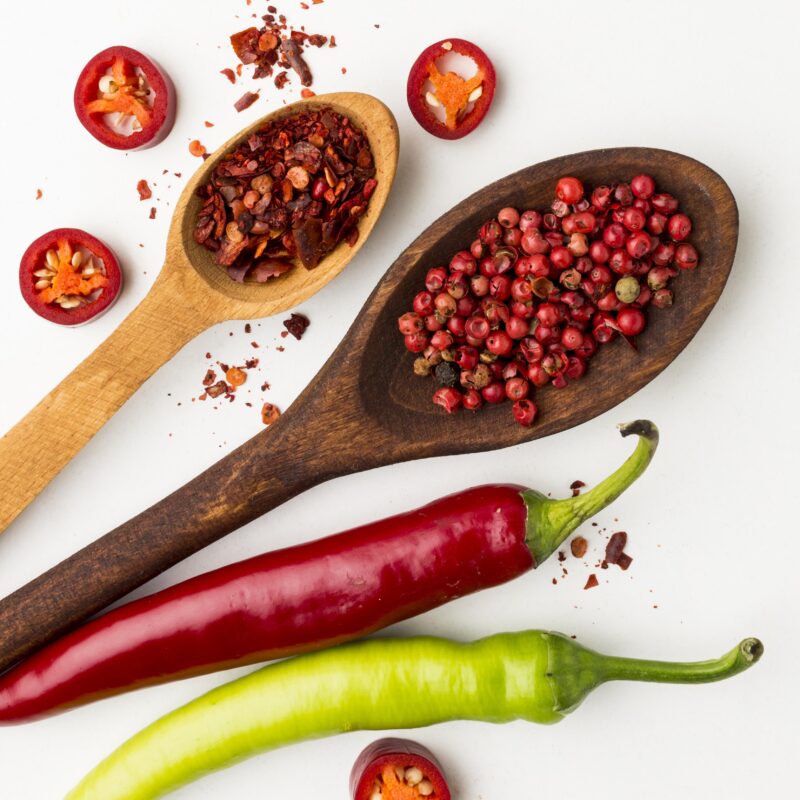
It’s easy to talk mole
The word mole comes from the nahuatl mulli (mix or sauce) and it is a mixture of chilies, seeds, herbs, spices, nuts and often, but not always chocolate. In fact, there are seven kinds of mole that are named from their coloring: black, red, green yellow, Poblano (brown), and the less common mole Manchamantel (that translates to “tablecloth staining”) and Chichilo, traditionally served at funerals.
The serendipity of nachos
The king of appetizers was created by accidentone day in 1943, when a group of hungry women dropped in at the Victory Club restaurant in Piedras Negras (in the state of Cohahuila, adjacent to the U.S. border. It turned out that they were the wives of some US soldiers based at Fort Duncan, Texas, on a day trip beyond the borderline. The restaurant was closed and the kitchen pantry almost empty but the starving ladies were lucky enough to be welcomed by chef Ignacio, aka Nacho, Ayala who fried some triangles of tortilla, topped them with melted cheese and sliced jalapeño. And this is how Nacho invented nachos.
Fajitas: from trash to dish
Don’t be fooled by the Spanish-sounding name; fajitas are not “made in Mexico”. They trace their roots in the ranchlands of South Texas in the 1930s, where Mexican cowboys were given meat trimmings like skirt, hide and entrails, as part of their wage. Putting all their creativity at work, the rancheros marinated and grilled tough beef skirt steak over open flames and turned throwaway cuts into a delicious dish. Fajitas gained popularity in the 1960s and 1970s as Tex-Mex cuisine spread across the United States. Restaurant chefs in Austin and Houston popularized fajitas, presenting them sizzling on hot iron skillets, captivating diners with both aroma and spectacle.
What’s in a name?
«A rose by any other name would smell as sweet» stated Shakespeare. Let’s wonder, then, what the Bard would say about the name aguacate, originally āhuacatl that in the nahuatl language means “testicle”. It makes sense, if we consider the shape, the roughness of the peel and how the fruit hangs from the tree (usually in pairs!). By any other name avocado would taste as yummy, wouldn’t it?
“Mexican food reflects the character of its people: generous, lively, sometimes fiery, and always adaptable.” -Chef Gourmet website.
